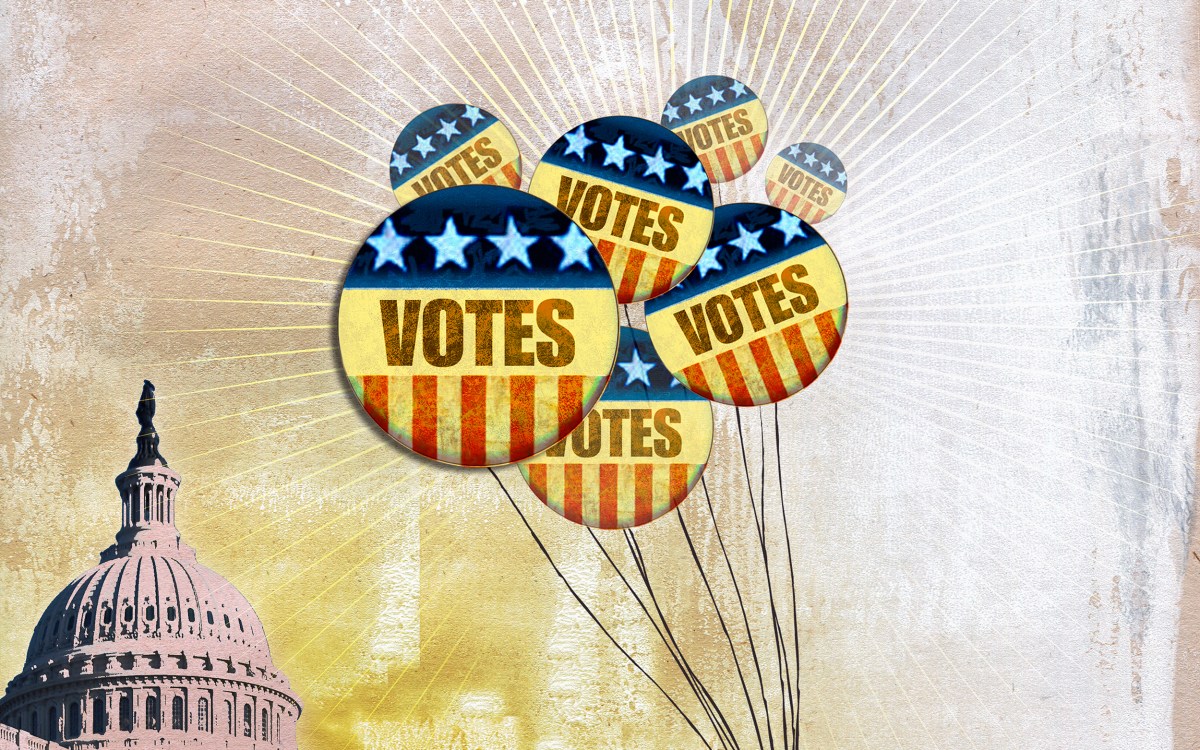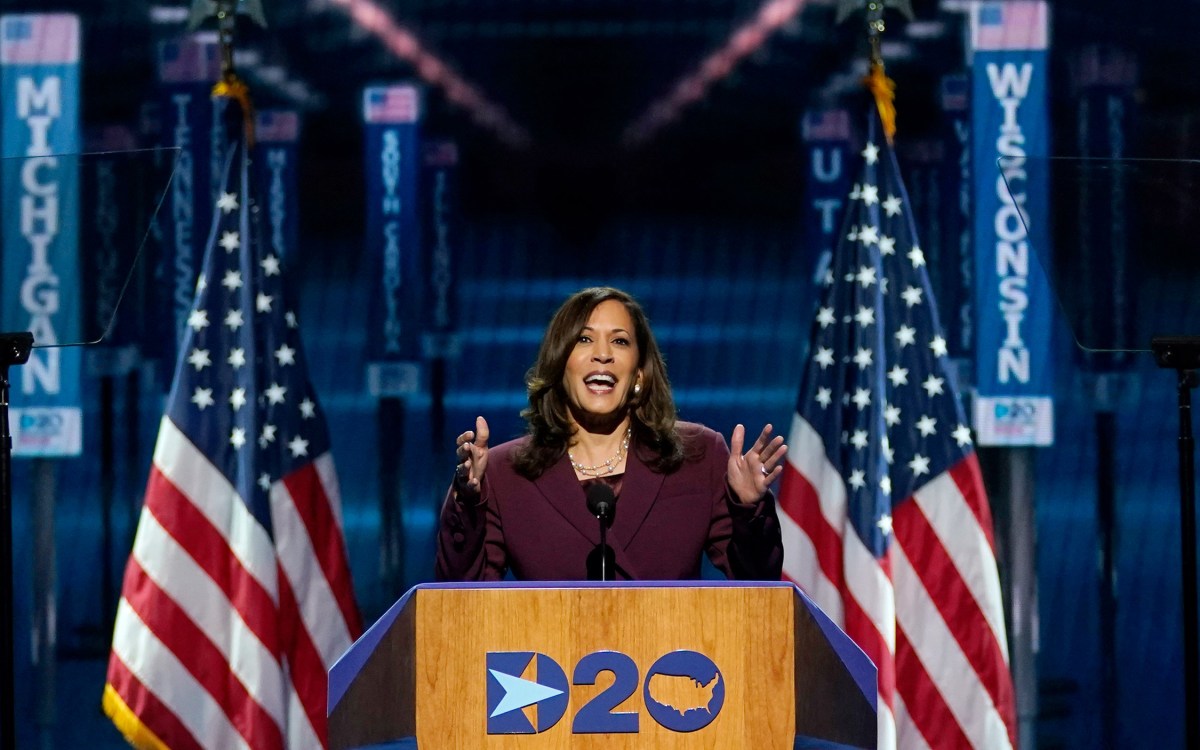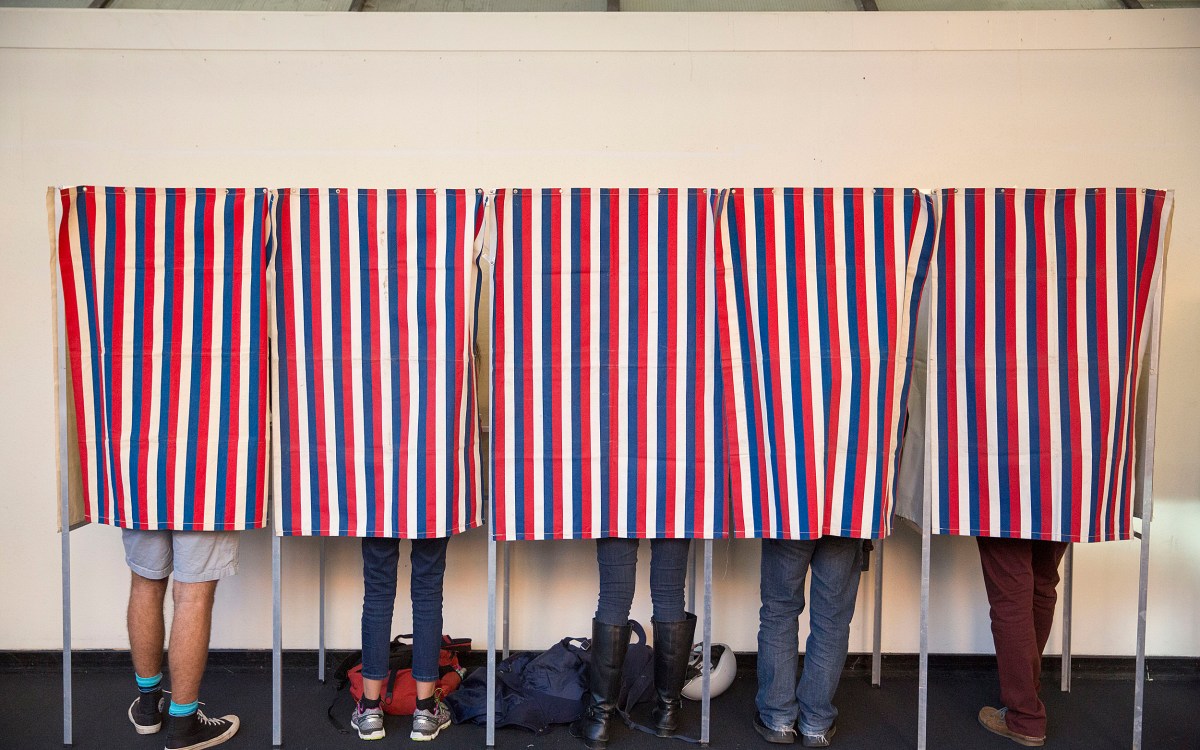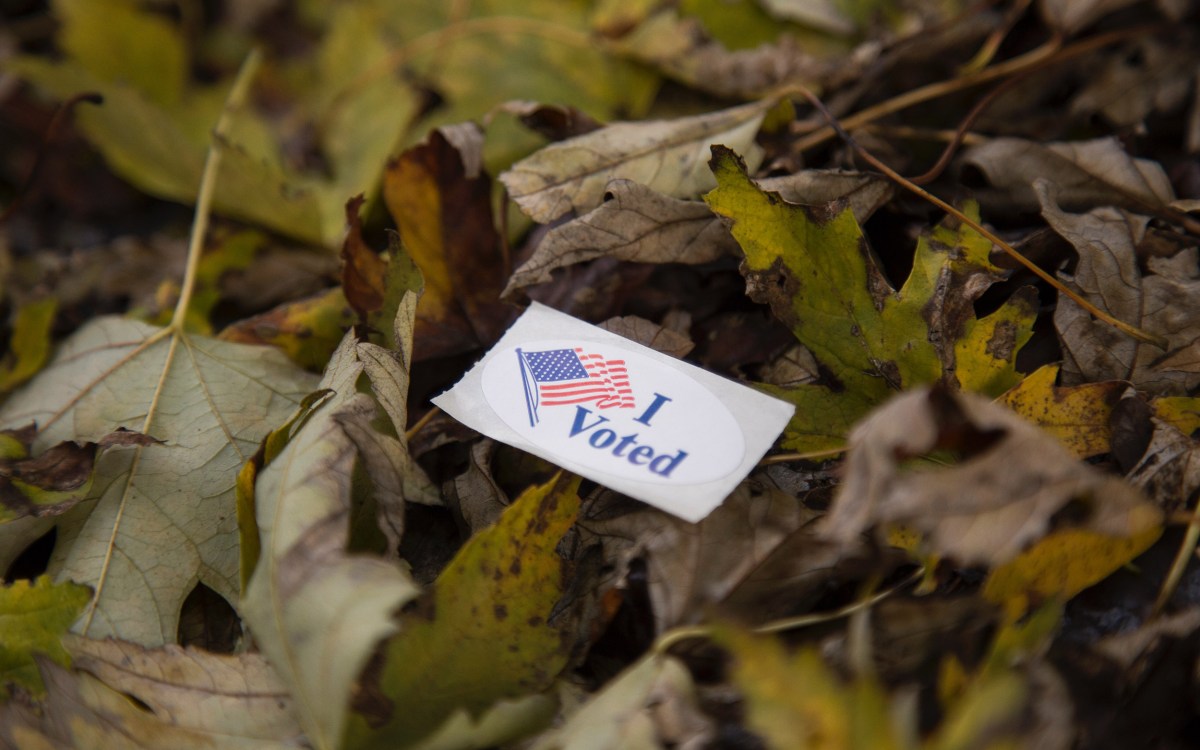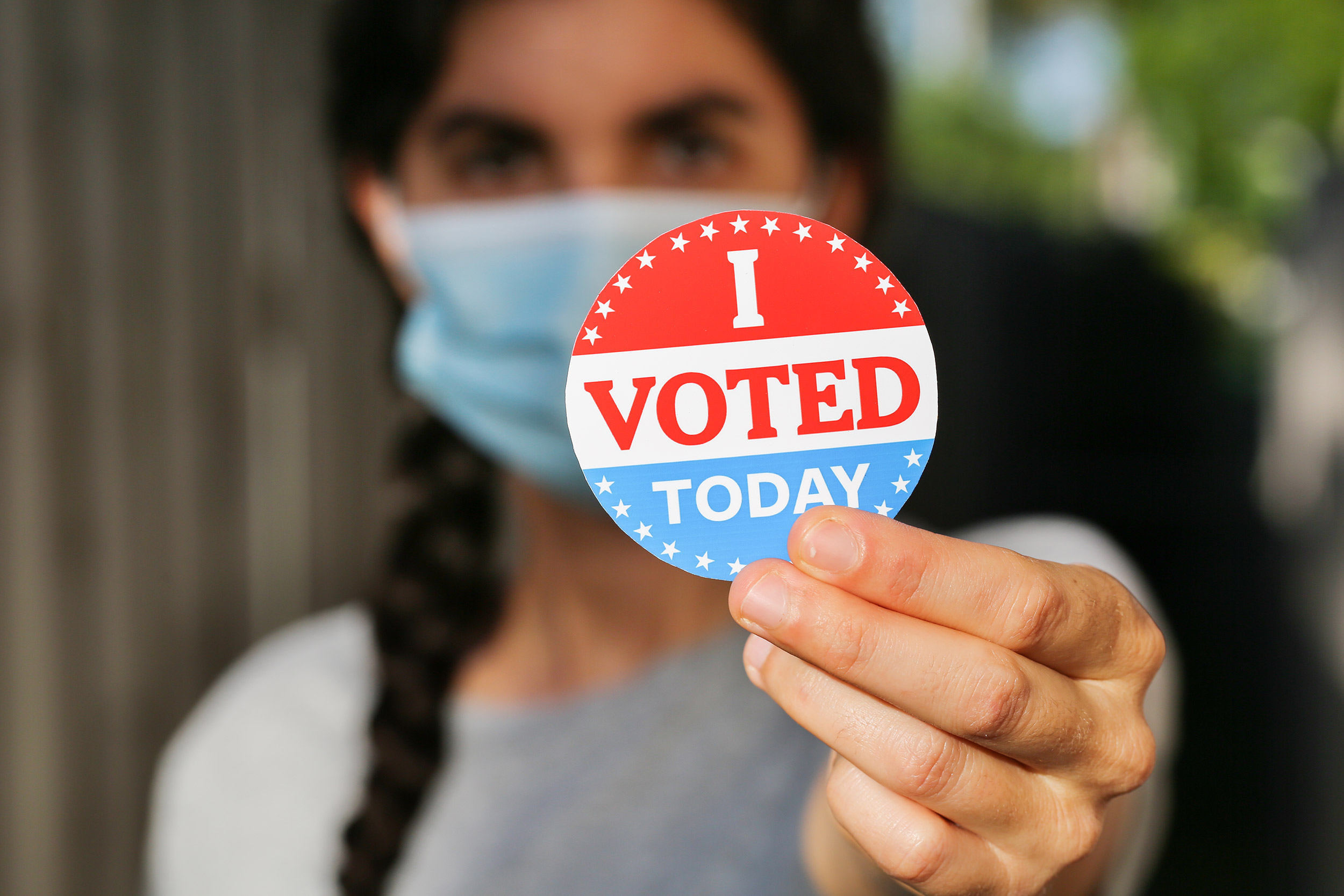
Tovfla/iStock
Will young voters decide the election?
Seminar looks at expected wave of 18- to 29-year-olds and their policy priorities
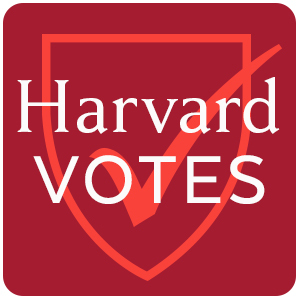
All indications are that young voters, those 18 to 29, will line up for next month’s presidential election in record numbers, further advancing the generational shift of political power taking place in America.
An online seminar Tuesday hosted by the Institute of Politics and the Ash Center for Democratic Governance and Innovation handicapped what the balloting may tell us about the future of elections and public policy priorities. At “Young Voters Could Decide the Election: Will They?,” pollsters, academics, and on-the-ground organizers shared the signs of a potential youth wave while also discussing the issues that engage young voters and the obstacles in their way.
The growth in youth turnout isn’t news. Opening the Zoom panel, moderator Abby Kiesa, director of impact at the Center for Information and Research on Civic Learning and Engagement (CIRCLE) at Tufts University, discussed the “massive turnout” in 2018, which saw double-digit increases in voters aged 19‒29 in 31 states. But despite rises in participation and voter registration, she said, the complications of COVID-19 put the growing youth influence at risk.
Young voters are certainly eager to be involved, said Justin Tseng ’22, co-chair of the Harvard Public Opinion Project. According to the project’s September polling, “This is going to be a youth-driven election,” he said. Indeed, the findings of the national poll of 18- to 29-year-olds point to three conclusions. “Enthusiasm is way up,” said Tseng, noting that 63 percent of respondents said they’d definitely be voting, compared with 47 percent four years ago. Intriguingly, his group also found that the issues that engage young voters have shifted. Although health care, education, and mental health remain concerns, the economy has moved to the forefront, as has the pandemic. In terms of jobs and unemployment, he noted, “Young people are bearing the brunt of COVID-19.”
“This is the moment that will determine their lives, especially young people of color. It’s game time.”
Dakota Hall, executive director of Leaders Igniting Transformation
Finally, said Tseng, young voters are leaning toward Biden by an even larger margin than they supported Obama in 2008, which saw the highest youth turnout sine 1984 (the earliest election for which the project has numbers). While enthusiasm for the Democratic candidate lags behind what it was for Obama, he reported, Biden leads by 33 percent among respondents, while Obama only had a 29 percent lead. (For more findings and results from October polling as it becomes available, see https://iop.harvard.edu/youth-poll.)These numbers are only predictions, of course, and Tseng acknowledged that self-reported “likely” voters don’t always make it to the polls. However, he noted, the gap between likely and actual voters tends to remain constant. “When we see the number of respondents saying that they’re likely voters increase, the number of voters goes up as well,” he said.
Michael Hanmer, a professor in the department of government and politics at the University of Maryland, agreed. “Youth turnout is going to be through the roof,” he said. Still, Hanmer, whose studies focus on elections, public opinion, voting behavior, and political methodology, foresees potential problems. “My biggest concern is that with anything that’s relatively new, there’s the potential for mistakes,” he said. “With so many people voting for the first time or voting by mail for the first time, we have to be careful.”
The work of helping young voters navigate the system is increasingly falling to advocacy groups like Wisconsin’s Leaders Igniting Transformation (LIT), a nonprofit group aimed at increasing Black and brown youth involvement, and the Alliance for Youth Action, a nationwide network of progressive youth advocacy groups.
In addition to registering young people to vote, such groups provide access to information about policies and candidates, as well as “the mechanics of actually voting,” said Dawn Boudwin, deputy executive director of network strategy for the Alliance for Youth Action. “We have crews on the ground: calling folks, texting folk, doing relational organizing.”
Such outreach matters, she says, “because what we hear is ‘Young people don’t turn out,’ and it becomes a self-fulfilling prophecy.” Some of this originates in the campaigns, she said. “We don’t invest in turning them out like we do with the Boomers.”
The problem may be more fundamental, said Dakota Hall, executive director of LIT. Young people “are not being taught they need to be civically engaged in schools,” he said. His group is attempting to counter this with a high school program that “builds activists and lifetime voters.”
“Young people are registering in high numbers. They’re turning out for events in high numbers,” said Hall, pointing to protests and successes with regional actions such as removing police officers from schools. “This is the moment that will determine their lives, especially young people of color.
“It’s game time,” he added, looking ahead not only to Nov. 3 but to an energized young electorate that will keep pushing for its issues. “Folks are feeling anxious but also excited to do some amazing work.”



